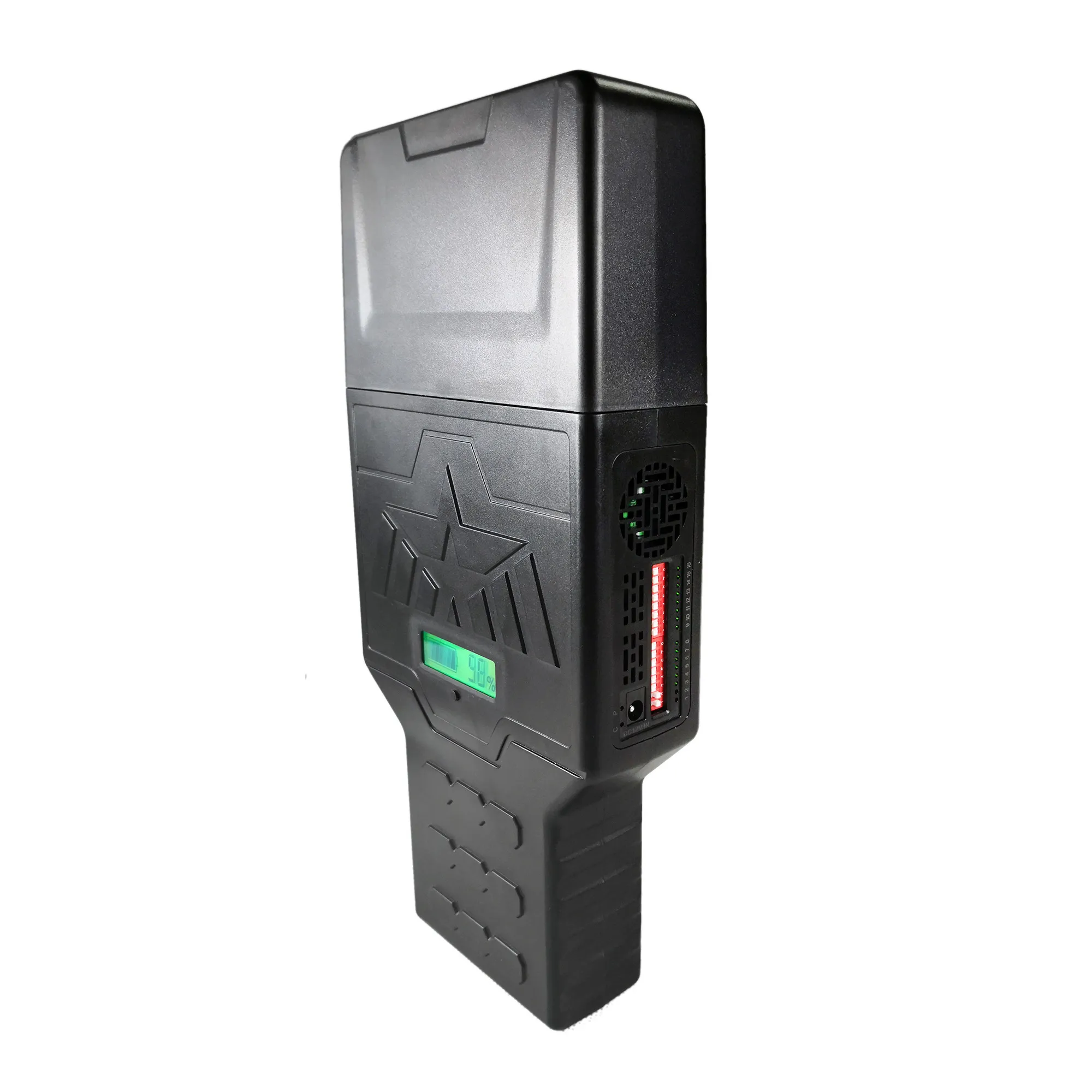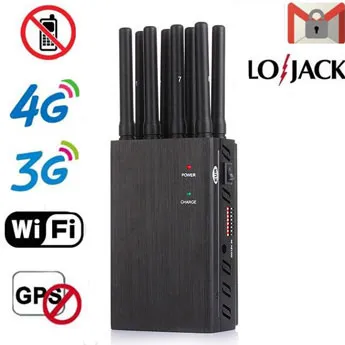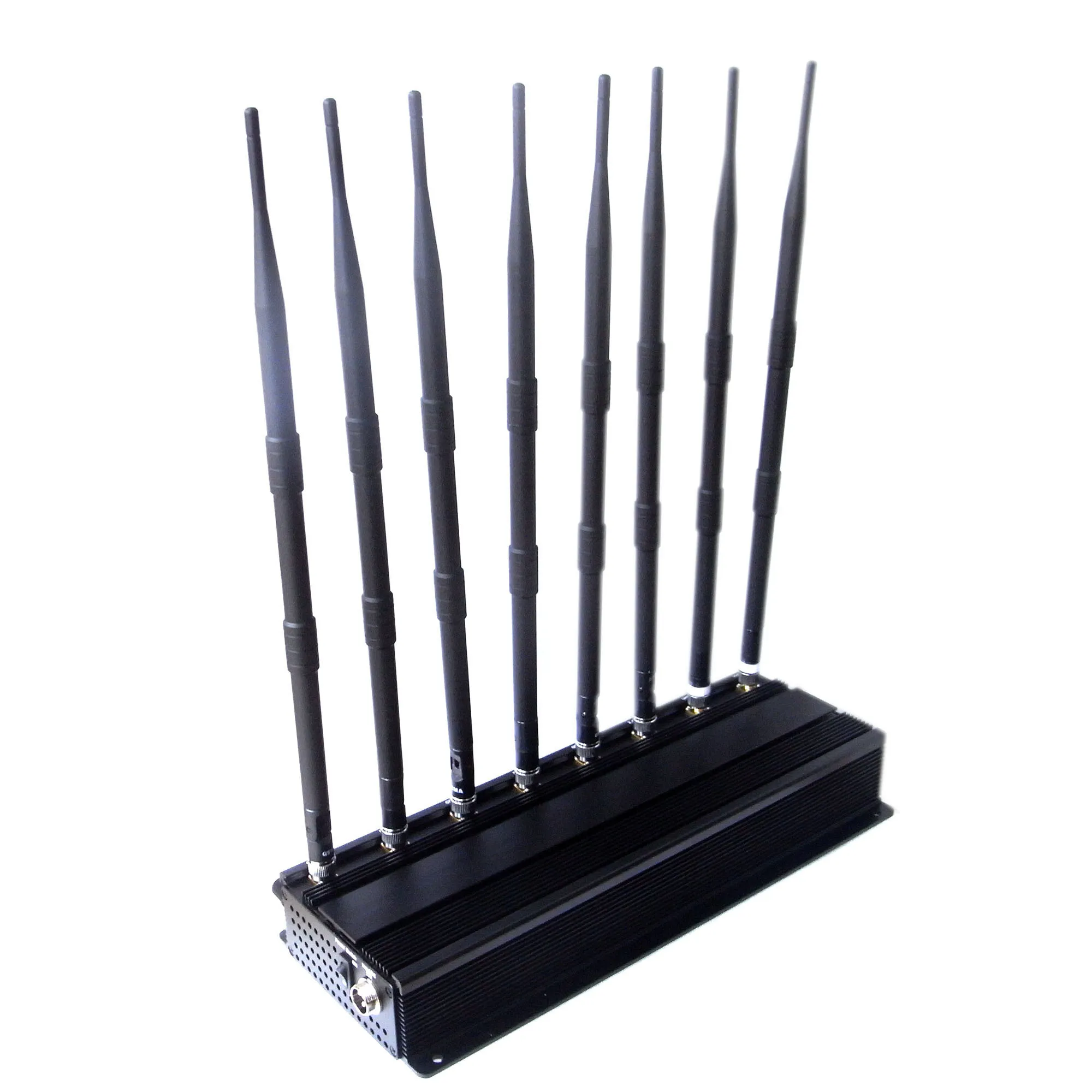
When presenting your Drone Jammer to potential customers, the first question to ask is the same: "What is the range of your Drone Jammer?" Unfortunately, most customers are familiar with communication links and equipment, but are very sensitive to interference concepts and equipment. Understanding is much less. Therefore, they do not understand why there is no "simple" or single answer to this question. This article aims to explain how to perform distance calculations and/or measurements that interfere with "links". Obviously, the disruptor has not established a "connection" with the victim, but we can observe the interaction between the two "partners" by observing the normal communication and connection between them.
Generally, we can say that although there is only one dimension of the communication link to be calculated (TX->RX), for the interference situation, two dimensions (TX->RX and Jammer->RX) need to be calculated and then compared. The "link" that will present a stronger signal at the input of the receiver will prevail; it can be a transmitter ("partner") or a jammer. In order to better explain the problem, we will first try to explain the basic concept of communication interference.
The role of a jammer is to interrupt the communication link (or network) between two (or more) "partners" when they try to talk to each other or pass certain data between them. Interfering with the communication link between the drone and its operator is another special case. We can try to prevent communication between the cell and the base station, between two tactical radios, and between the bomb and the remote control used to activate it.
In order to interfere, the Drone jammer transmits radio frequency Power (CW + modulation) at the same frequency as the enemy link or network. The enemy's receiver (the "listening" side) should receive both the jammer's transmission and its "partner" transmission. The stronger one shall prevail; if the interference Power is greater than the Power of the "partner", the "listener" will not be able to "understand" the message/data correctly. Or, if the capabilities of the "partner" are higher than those of the jammer, the "listener" may be able to correctly "understand" the message/data, and the communication link between the "partners" should continue uninterrupted.
The explanation is a bit superficial and intended to simplify. However, if we try to "deep" this problem, more parameters may be needed to enter the comparison between the signal levels of the two "links". An example is the SNR (signal-to-noise ratio) that the receiver "sees" at its input. Sometimes, the interference signal arriving at the receiver input may be lower than the communication ("partner") signal and still dominate. The reason for this is that usually the receiver needs a certain amount of "margin" between the two input signals in order to be able to interpret one of them (usually the stronger signal). However, in advanced communication systems, this "margin" is sometimes even negative (meaning that the communication signal may be much lower than the interference signal). For simplicity, we will not consider SNR in this discussion, and we will continue Assume that the stronger signal at the input of the receiver always "wins."
It is assumed that the height of the jammer’s antenna and the height of the operator’s remote control are relatively negligible compared to the height of the drone (typical flight height is 10-20 meters). It should also be mentioned that the higher the installation position of the interference antenna, the longer the interference range. Similarly, the higher the operator's position on the remote control, the longer the communication range (and therefore the shorter the interference range).
Now is the time for more important clarifications. Usually, in the Anti-Drone application, the purpose is to block the drone at a distance of several hundred meters from the sensitive area/perimeter (where Jammer is installed). For example, we want to jam an unmanned aircraft that is 300 meters away from the jammer and flies at an altitude of 10 meters. It can be understood that in this case, the diagonal distance between the jammer and the drone is roughly the same as the horizontal distance between them. Therefore, for the sake of simplicity, we will discuss the horizontal distance, and we will not bother to calculate the exact distance because the difference is small. Now, let us write down a mathematical expression describing the Power level of the signal reaching the receiver input, ignoring any cable loss.










